News
Are NFTs Dead or Evolving? Insights from Breakpoint 2024

When 96% of NFTs are now deemed “dead”, an average lifespan skimming just over a year, and almost a third fading away within the same year in 2023, can we still find optimism for a market that once achieved astronomical sales like $91 million for The Merge or $69 million for Everyday?
This was the basis of a conversation between members from the ME Foundation, Pudgy Penguin, and Degods during Breakpoint 2024. Are NFTs still relevant or they are dead? While we have seen mind-bending sales price for NFTs, today, the numbers makes one question if the good old days was ever was.
Speaking at Breakpoint, Tiff Huang, ME Foundation’s Go-to-Market Director, spoke about why NFTs have been perceived as “dying,” attributing it mainly to a significant downturn in trading volume. She pointed out that Ethereum NFTs boasted around $4 billion in trades in January 2022, but that figure has recently plummeted to $400 million across all platforms. This sharp decrease fuels the belief that NFTs are on the decline.
Huang pointed to several contributing factors, including the shift from mandatory to optional creator royalties and the ability of many marketplaces to circumvent them.
Opensea enforcing royalties
When NFTs emerged as a trend, leading platforms like OpenSea, Rarible, and Foundation implemented automatic royalty systems, enabling creators to determine their percentages for secondary sales, typically ranging from 5-10%.
Recently, however, there’s been a shift towards making royalties optional or offering lower royalty rates due to marketplace competition. In a bid to cater to buyers and sellers looking for lower fees, some platforms have either minimized or completely done away with enforced royalties to draw in more users.
Moreover, platforms like X2Y2 and Blur have gained traction by offering no-fee or low-fee transactions, occasionally allowing sellers to decline royalties altogether. In response, OpenSea and similar marketplaces have attempted to find a middle ground, enforcing royalties selectively, especially on specific transactions, while providing more options for high-volume traders.
User base not increasing and NFTs evolving
Huang pointed out that there haven’t been many groundbreaking applications for NFTs lately. Although some gaming and decentralized finance initiatives show promise, they haven’t gained enough traction to revitalize the market. Additionally, fewer newcomers are joining the space. Many who jumped on the bandwagon during the 2021 surge have either exited or switched to different sectors.
During the conversation, Frank Degods, the creator of Degods stated that NFTs are evolving rather than fading away. He noted that NFTs began as exclusive, singular artworks before expanding into larger, tradable collections like Bored Apes.
Over time, the NFT market has become more “fungible”—easier to trade and exchange—due to marketplace advancements and a reduction in royalties. Frank believes that while the essence of NFTs is transforming, the communities that have formed around them remain robust. The Degods project continues to offer additional options to its community while staying true to its NFT roots.
Memecoins over NFTs?
When asked if users are leaving memecoins for NFTs, Frank said that one of the reasons behind the craving for memecoins over NFTs is that there aren’t as many new NFT projects (mints) being created lately. In any economy, when people stop producing new things, it tends to slow down overall activity and growth. This lack of fresh content is making it harder for creators and collectors to stay engaged.
He believes there might not be as much demand for large PFP collections, such as those with 10,000 pieces (10K collections), which were once highly popular. This signals a shift away from these big collections dominating the space.
He also suggests that the NFT market could shift toward smaller, more exclusive collections using Boogles, a small collection on the Solana blockchain, as an example of a smaller project that has had a significant impact on the community.
He speculates that the NFT space might “go full circle” and return to a model where one-of-one (1/1) NFTs or smaller, more intimate collections gain more traction. These types of projects could become more appealing to collectors who seek unique, rare pieces rather than large, fungible collections.
In other new, Coinbase has launched a $6 million fund to protect NFT creators under SEC’s scrutiny.
NFTs are still valuable
Luca Schnitzler, CEO of Pudgy Penguins, shares Frank’s perspective. He notes that successful NFTs are often too expensive for regular buyers and not liquid enough for big investors.
Despite this, Schnitzler remains optimistic about the future. Pudgy Penguins is focusing on consumer adoption, both on and off the blockchain, even launching physical products like toys in stores.
While some view these moves as diversifying away from NFTs, Schnitzler insists it’s part of a broader strategy to grow the brand and its ecosystem. He believes NFTs still hold value in creating communities and identities. His company’s mission is to advance crypto while benefiting their community.
Future of NFTs
On the future of NFTs, Schnitzler noted that while some believe NFTs (Non-Fungible Tokens) have lost their appeal, many top NFT projects are working harder than ever. Although NFT trading and interest have declined over the past two and a half years, such trends in crypto are cyclical, experiencing highs and lows every few years.
He believes that when the NFT market rebounds, it will emerge stronger, with new projects breaking ground in ways no previous NFTs have.
According to the CEO of Pudgy Penguins, projects like “Pudgy Penguins,” which saw widespread attention during the resurgence of NFTs, are set to witness another wave of success. Meanwhile, the creator of Degods predicted that Solana would be the primary platform for the next evolution of NFTs, overshadowing other blockchains.



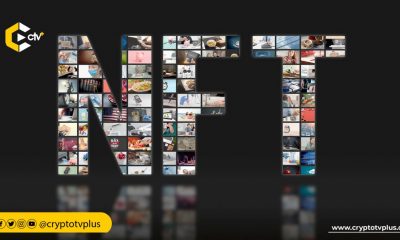

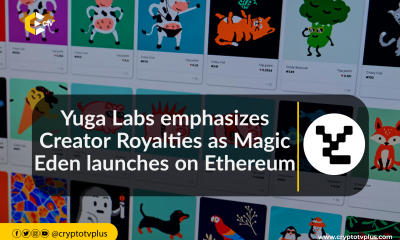

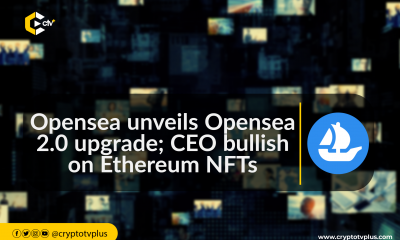

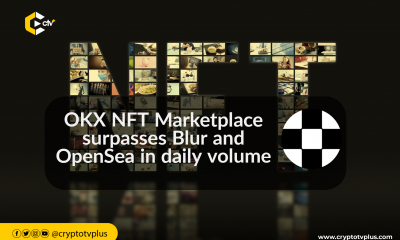

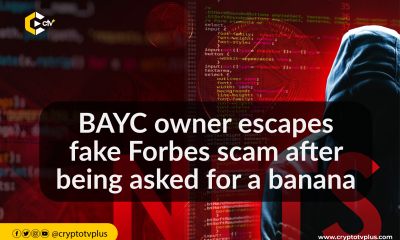

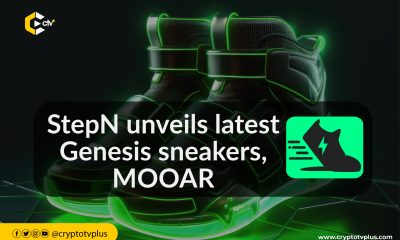



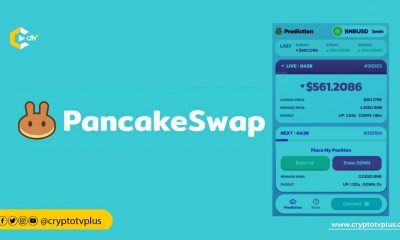

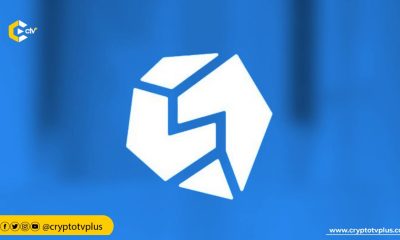



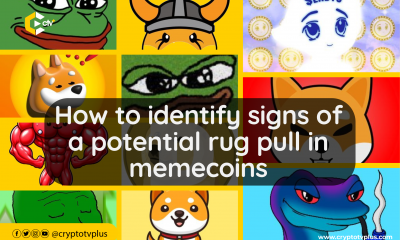

Pingback: NFT holders sue Art Gallery over broken metaverse promises | CryptoTvplus - Financial World
Pingback: NFT holders sue Art Gallery over broken metaverse promises | CryptoTvplus
Pingback: NFT Holders Take Legal Action Against Art Gallery For Failing To Deliver Promised Metaverse Features - CryptoInfoNet